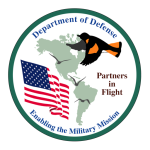CHECKLIST OF BIRDS
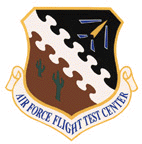
EDWARDS
AIR FORCE BASE
CALIFORNIA
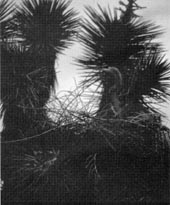
GREAT BLUE HERON nesting in JOSHUA TREE photo by Kemp Anderson
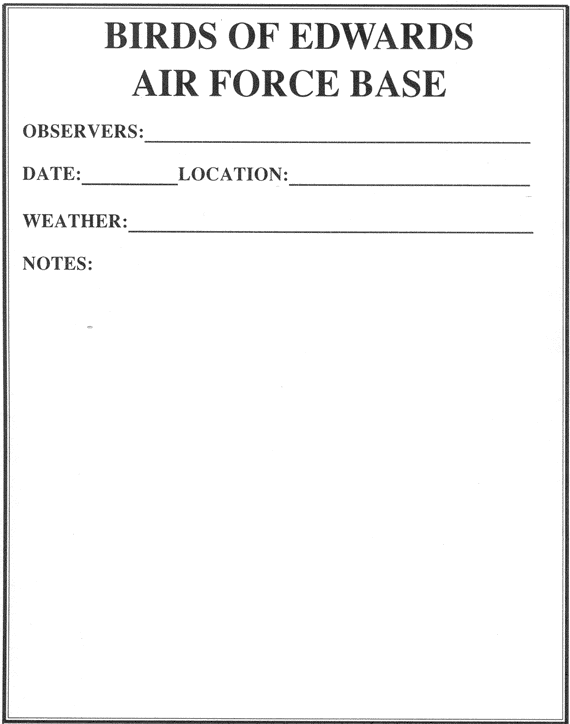
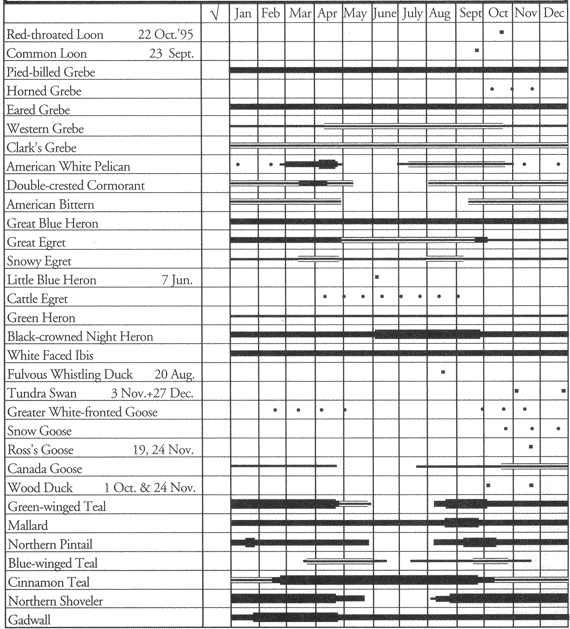
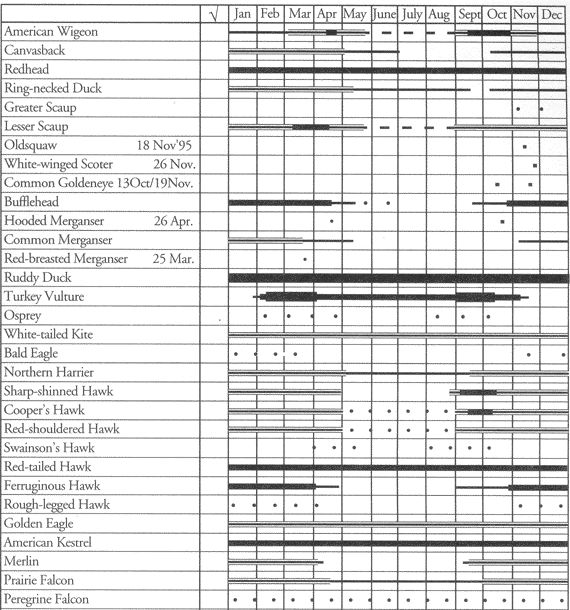
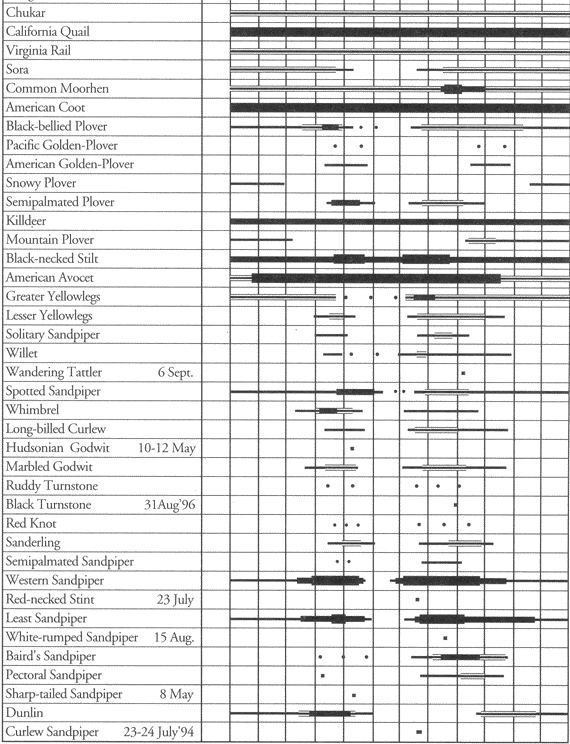
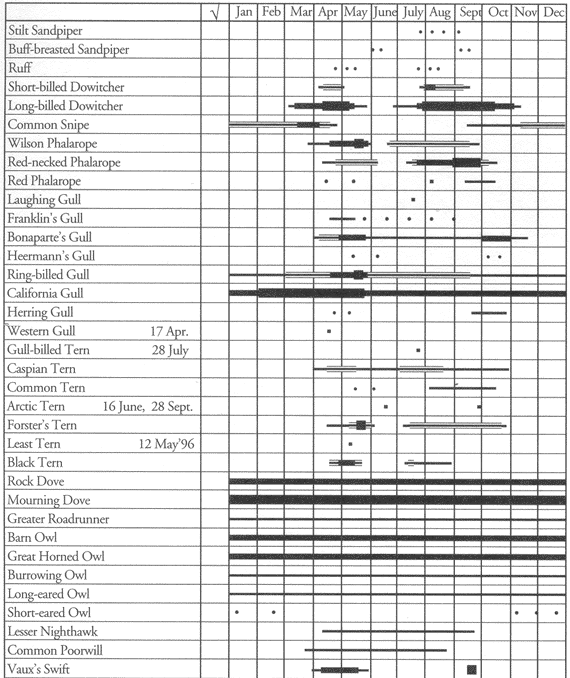
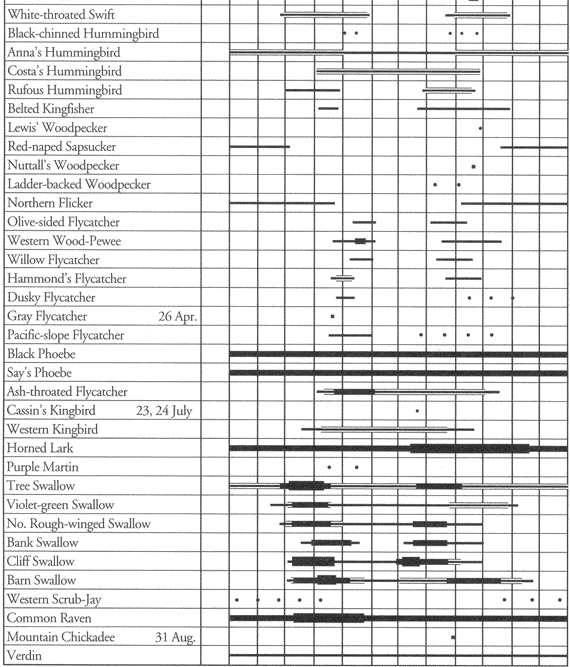
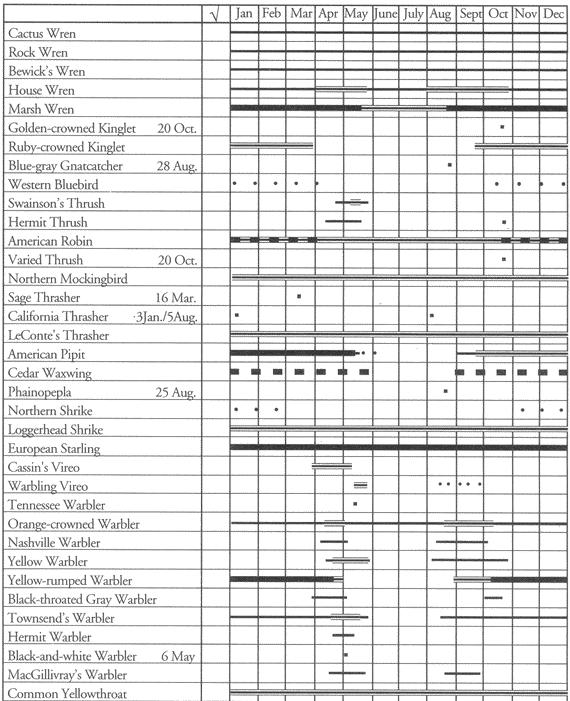
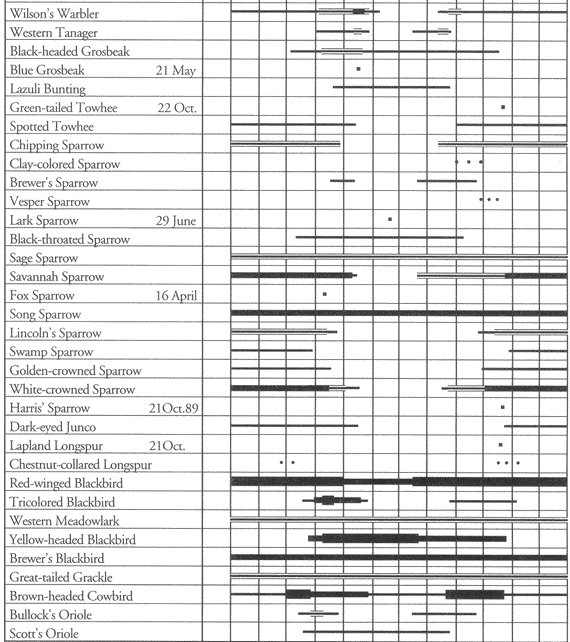
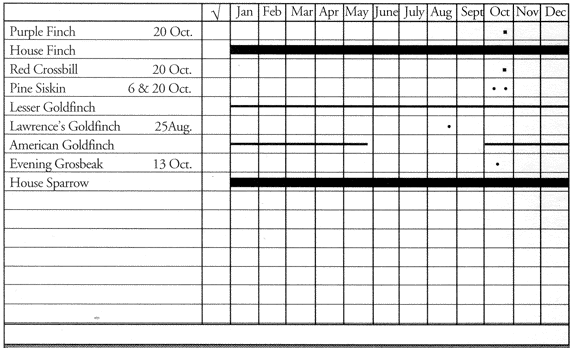

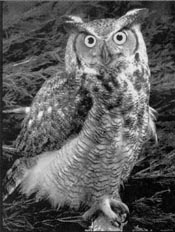
GREAT HORNED OWL Photo by Rob Simpson

CACTUS WREN Photo by Bill Clark
AIR FORCE NATURAL
RESOURCES PROGRAM
The United States Air Force has the responsibility of managing more than nine million acres of valuable public lands. To ensure success, the Air Force has developed a network of dedicated professionals who work in coordination with local, regional and national authorities. Their challenge is to find a balance in requirements for military mission, security and environmental habitat protection. This effort requires the cooperation and support of the Air Force and its neighbors. The primary goal is to guarantee the quality of public lands under Air Force stewardship.
Conservation programs on Air Force bases include fish and wildlife conservation, forestry, agricultural land lease, habitat management and outdoor recreation. Air Force Resource Managers and nearby communities, working together, have made great stride in fostering environmental awareness through education and cooperation.
The Air Force supports partnerships with many resource groups; Neotropical Migratory Bird Conservation, Ducks Unlimited, North American Waterfowl Management Plan, Wetlands Protection and Enhancement and the National Watchable Wildlife program. You are invited to visit Air Force lands. Come see how we are doing with our part of America.
EDWARDS AIR FORCE BASE
Edwards Air Force Base is the finest flight test and research center in the world, known for its ability to conduct aerodynamic tests and total weapons systems evaluations. The Air Force Flight Test Center, (AFFTC) was the site of the supersonic breakthrough. AFFTC has also been a vital part of the space program from the X-15 research rocket to the space shuttle.
Edwards AFB covers 470 square miles located in the Antelope Valley of the Mojave Desert, about 100 miles northeast of Los Angeles California. Much of the land at AFFTC remains undeveloped desert with original native plants and wildlife. Major plant communities are Joshua tree woodland, 20%; creosote shrub, 30%; saltbush scrub, 35%; mesquite woodlands, 1%. The remaining open land consists of dry lakebeds and clay pans, features that originally attracted the Air Force for aircraft tests and landings. Excellent bird watching areas are found at Piute Ponds, South Sewage Pond, Branch Pond, three lake beds and many clay pans. The active wet season for the dry lakes and pans coincides with Spring migration. Common life cycle activity may be observed throughout the area. Combined with the large amount of undisturbed Mojave desert, habitat is provided for more than 200 species of birds.
Public access for bird watching at Edwards Air Force Base must be authorized. Request access letters by writing to: Natural Resources Management Office, 5 East Popson Ave., Edwards AFB CA 93524-1130. For more information call (805) 277-1401. Please report all sightings.
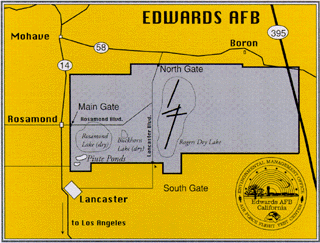
The U.S. Air Force and Partners in Flight are cooperating on an international program to promote the conservation of migratory birds. For information, contact DoD Partners in Flight by email or call 540-349-9662.

